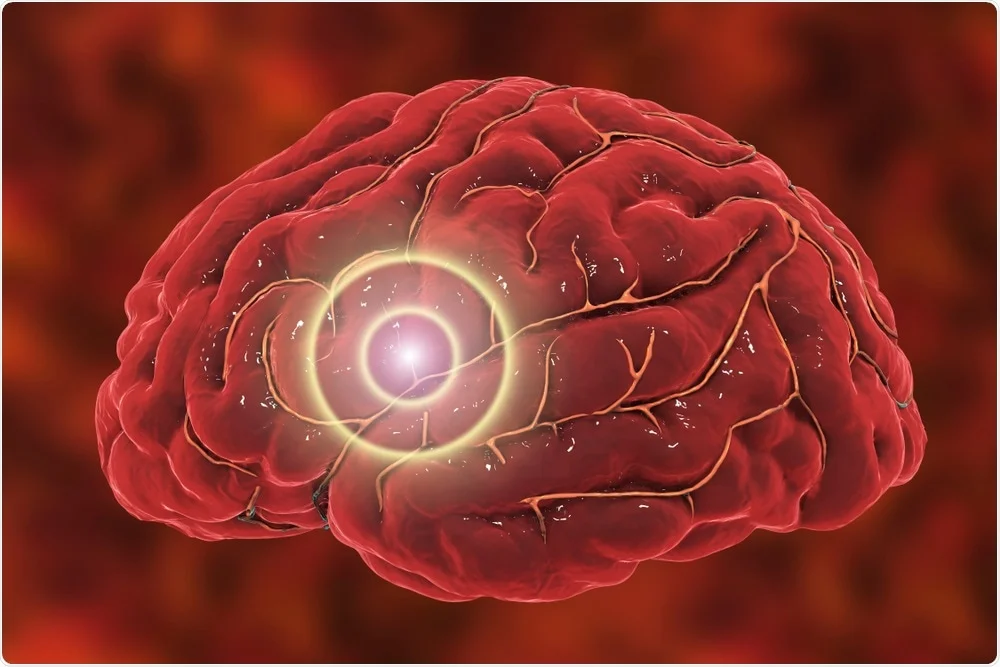Stroke
Understanding Stroke: A Comprehensive Guide
A stroke is a medical emergency that occurs when there is a sudden disruption in the blood supply to the brain, leading to damage or death of brain cells. It is a serious and life-threatening condition that requires immediate medical attention. In this blog post, we will explore the various aspects of stroke, including its causes, symptoms, risk factors, and prevention strategies.
Understanding Stroke:
Types of Stroke:
There are two main types of stroke: ischemic and hemorrhagic.
- Ischemic Stroke: Caused by a blockage or clot that prevents blood flow to the brain.
- Hemorrhagic Stroke: Caused by bleeding within the brain, often due to a ruptured blood vessel.
Causes:
- Ischemic strokes are commonly caused by blood clots that form in the arteries leading to the brain or travel from other parts of the body.
- Hemorrhagic strokes can result from conditions such as high blood pressure, aneurysms, or arteriovenous malformations.
Symptoms:
- Recognizing the signs of a stroke is crucial for prompt intervention.
- Common symptoms include sudden numbness or weakness in the face, arm, or leg, confusion, trouble speaking or understanding, severe headache, and difficulty walking.
Risk Factors:
- Certain factors increase the risk of stroke, including age, family history, high blood pressure, smoking, diabetes, and obesity.
- Lifestyle changes and managing these risk factors can significantly reduce the likelihood of experiencing a stroke.
Prevention:
Healthy Lifestyle Choices:
- Adopting a healthy diet rich in fruits, vegetables, and whole grains.
- Engaging in regular physical activity to maintain a healthy weight and promote cardiovascular health.
- Quitting smoking and limiting alcohol intake.
Medical Management:
- Managing underlying health conditions, such as hypertension and diabetes, with the guidance of healthcare professionals.
- Taking prescribed medications, such as anticoagulants or antiplatelet drugs, to prevent blood clots.
Regular Health Check-ups:
- Regular check-ups with healthcare providers can help monitor and manage risk factors before they lead to a stroke.
Conclusion:-
A stroke is a medical emergency that requires immediate attention, and understanding its causes, symptoms, and risk factors is essential for prevention. By adopting a healthy lifestyle, managing risk factors, and seeking medical advice, individuals can take proactive steps to reduce their risk of experiencing a stroke. Early detection and intervention can make a significant difference in the outcome for individuals who may be at risk. Remember, knowledge is a powerful tool in the fight against stroke, and sharing this information with others can contribute to raising awareness and saving lives.

